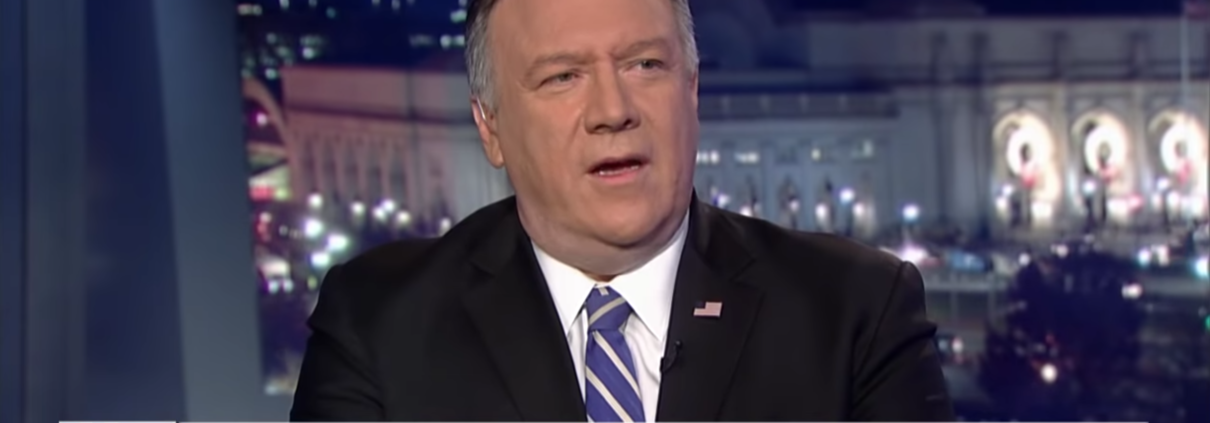Nailing a media interview is equal parts
technique and mental game, but more attention is often paid to the importance
of mastering what you say and how you say it rather than your mindset before
and during the interview.
We’re here to say that your mindset matters and will absolutely determine an interview’s success. So, before you put all your effort into mastering talking points, body language, and facial expressions, it’s worth your time to develop the right mindset.
Here are three ways to do so:
#1 — Realize perfection is a process
Your first few interviews probably won’t be great, and that’s ok. There is a learning curve everyone has to face, but the one obstacle that will keep you from making progress is fear. You have to allow yourself to be human, make mistakes, and learn. A good perspective to keep: if you’re speaking about an issue you believe in, the worst that can happen is you’ll think about how you *could’ve* made the point better, but you won’t ever regret making the point.
#2 — Don’t be afraid of the media
A media interview IS NOT a battle of wits between you and the reporter. It’s your job to acknowledge the question asked and then immediately pivot to your talking point. If helpful, think of the reporter as a facilitator. They are there to fill air time and ask questions. It’s up to you whether the discussion is meaningful.
#3 — Always speak to the audience
Consider who you’re speaking to and what you want them to know regardless of the question asked. People are tuning in to hear from you and get your perspective on an issue, so give them your perspective.





